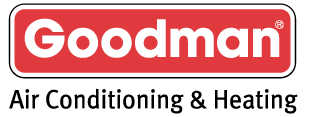You may have heard the term “mini-split” in reference to AC systems, but what exactly are they? Simply put, mini-split AC units are ductless systems comprised of an indoor air-handling unit (or units) and an outdoor condenser. Mini splits work by pumping refrigerant from the outdoor condenser through copper tubing into the indoor units, where a fan then distributes cool air across an evaporator coil and into the space.
One outdoor condenser has the ability to operate as many as four indoor air-handling units, allowing for four separate zones that can be heated or cooled. Each of these indoor units is controlled by their own thermostats, which allows heating and cooling of only the areas you need at any particular time, both convenient and cost-effective.
Mini splits have convenient and money-saving applications for several situations:
For homes with no existing ductwork, mini splits are a great money-saving alternative to installing a central air system. Installation of a mini-split system is significantly easier and less expensive than a traditional ductwork system. Add in the cost savings associated with having great control over heating or cooling only certain zones in your home and mini-splits become an even more attractive alternative.
Mini-split systems are also ideal for additions or smaller separate outbuildings where extending ductwork or installing a separate central system is not a reasonable option. Garages turned man-caves and guest house additions are two examples of spaces where mini splits are a great cooling option.
Contact Bayonet today to find out if a mini-split system is the right fit for you.









